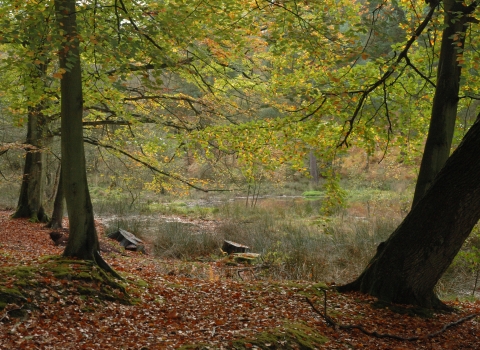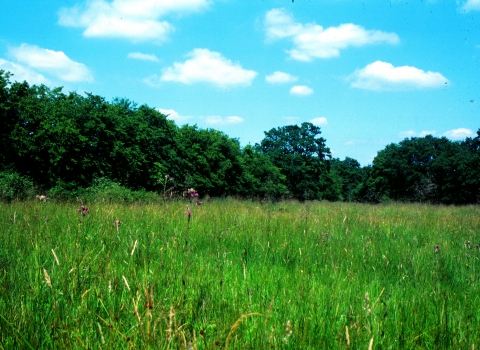
Jim Asher
Rack Marsh
Location
Know before you go
Dogs
When to visit
Opening times
Open at all timesBest time to visit
March to AugustAbout the reserve
Historical site
This is how the Lambourn river valley would have looked before modern drainage and ploughing destroyed old waterside meadows and pastures. Rack Marsh is a fine old wet meadow. A thick layer of peat has developed on top of the deposits of alluvium and gravel which the river has spread over the chalk. In this peat, the remains of a prehistoric canoe have been discovered, the wood preserved by the waterlogged conditions.
Take a look in spring
Late spring/early summer is the best time to visit this nature reserve. Among the rushes and sedges, it is possible to find patches of water avens, greater bird's-foot-trefoil and southern and early marsh-orchids. Typical water-meadow plants to be seen include marsh valerian and common marsh-bedstraw, followed in summer by other colourful wild flowers such as common fleabane, skullcap, common hemp-nettle and water mint.
In the wetter areas, a most handsome flower, the unusual bogbean, occurs. The bogbean is one of the easiest to identify with a three-part leaf like a giant clover and pink and white flowers with fringed petals.
Smallest of snails
If you have keen eyesight, you may also spot one of the UK's rarer snails, the Desmoulin's whorl snail. It's one of the smallest at just 2mm across and is found amongst the riverside vegetation.
Songs from the sedges
Keep your ears open for sedge warblers and reed warblers and you may catch a glimpse of a kingfisher too.


